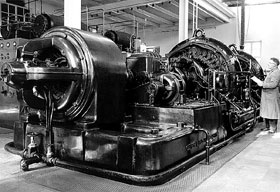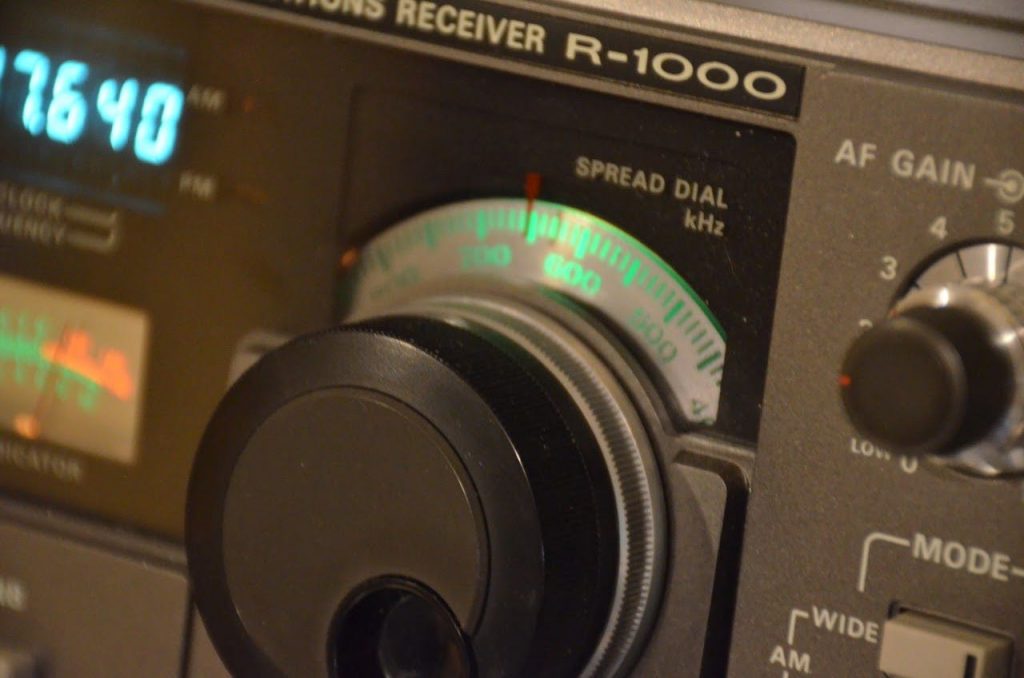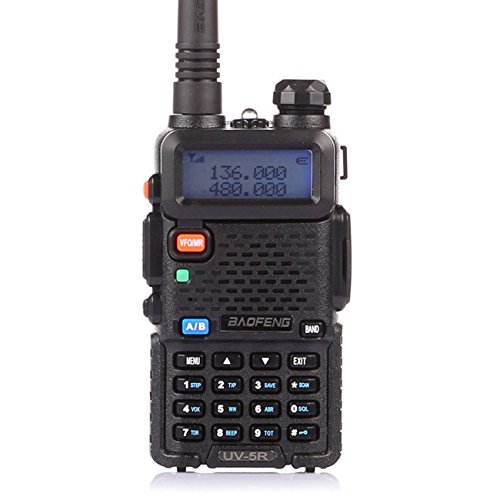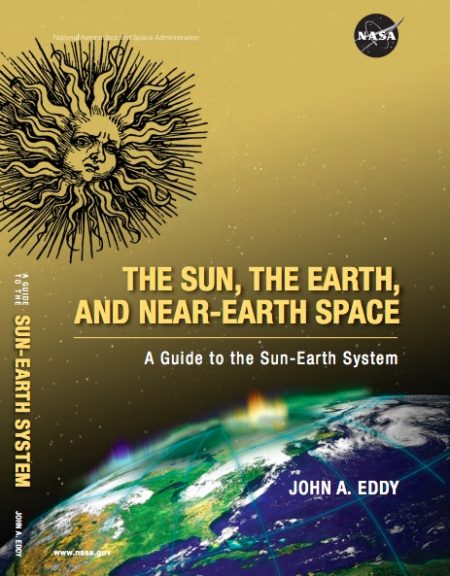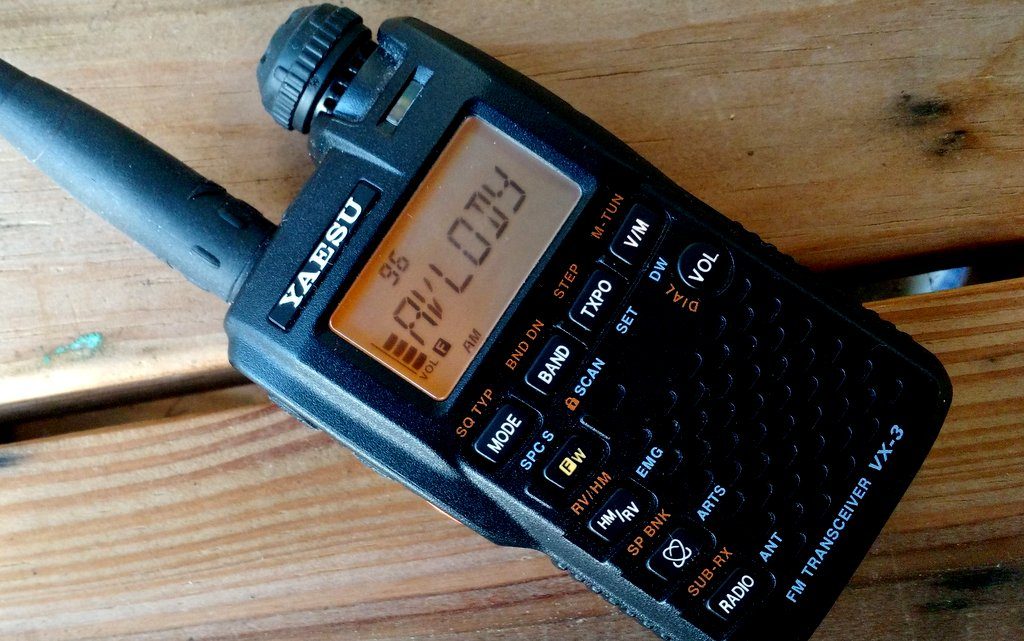
(Source: ARRL News)
The FCC has issued a Notice of Apparent Liability (NAL) proposing to fine Jerry W. Materne, KC5CSG, of Lake Charles, Louisiana, $18,000 “for apparently causing intentional interference and for apparently failing to provide station identification on amateur radio frequencies,” the FCC said.
“Mr. Materne was previously warned regarding this behavior in writing by the Enforcement Bureau and, given his history as a repeat offender, these apparent violations warrant a significant penalty,” the FCC said in the NAL, released on July 25.
In 2017, the FCC received numerous complaints alleging that Materne was causing interference to the W5BII repeater, preventing other amateur licensees from using it. In March 2017, the repeater trustee banned Materne from using the repeater.
Responding to some of the complaints, the Enforcement Bureau issued a Letter of Inquiry (LOI), advising Materne of the allegations and directing him to address them. Materne denied causing interference but admitted to operating simplex on the repeater’s output frequency. In June 2017, the FCC received an additional complaint alleging that Materne had repeatedly interfered with an attempted emergency net that was called up as Tropical Storm Cindy was about to make landfall. The complaint maintained that Materne “repeatedly transmitted on the repeater’s input frequency, hindering the local emergency net’s ability to coordinate weather warnings and alerts on behalf of the National Weather Service,” the FCC said in the NAL.
Local amateurs were able to track the interfering signal to Materne’s residence and confirmed their findings to the FCC, prompting a Warning Letter advising Materne of the complaint and pointing out that his behavior “as described in the complaint would be a violation of Section 97.101(d) of the Commission’s rules.”[…]
Click here to read full story at the ARRL.

